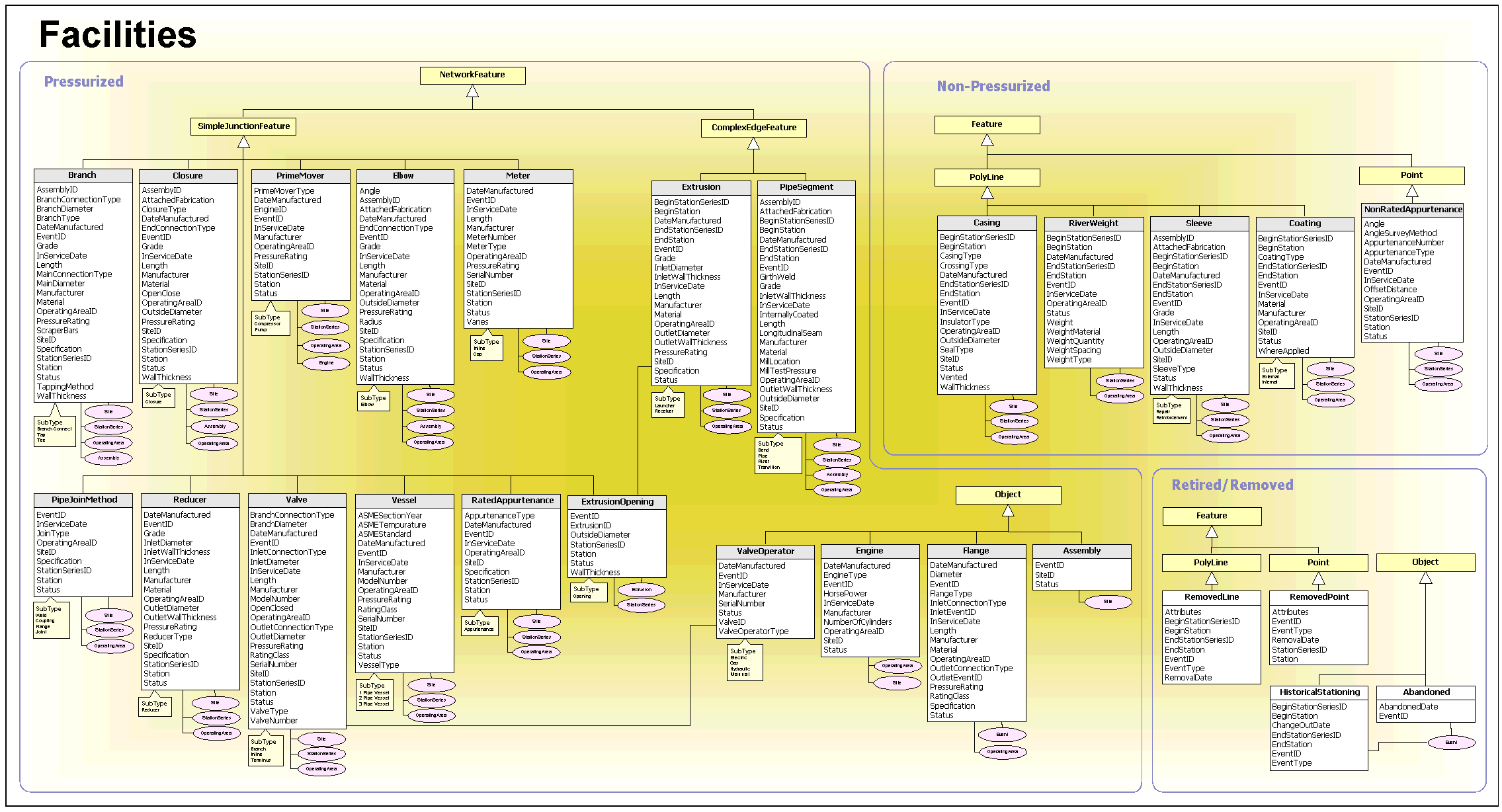A. LINEAR STRUCTURES:
- Of, relating to, or resembling a line; straight.
- In, of, describing, described by, or related to a straight line.
- Having only one dimension.
- Characterized by, composed of, or emphasizing drawn lines rather than painterly effects.
- Botany. Narrow and elongated with nearly parallel margins: a linear leaf.
In a line.
- l. assessment — a method of expressing an assessment result as a score out of a possible perfect score of 10, or some other number. Used in body condition scoring, showring judging of conformation.
- l. dodecyl benzene sulfonic acid teat dip — see teat dip.
- l. energy transfer — expresses the quality of electronic radiation. It is concerned with the spatial distributions of energy transfers which occur in the tracks of particles as they penetrate matter.
- l. program — a management program used to determine the best mix of ingredients or services to be used in a particular situation to maintain the highest level of productivity or profitability or other similar parameter.
- l. regression — statistical method used to study the relationship between independent and dependent variables when the dependent variable consists of continuous data.
- l. score — for somatic cell counts in milk (SCCs) convert SCC logarithmically from cells per milliliter to a linear score from 0–9. The linear score has a straight line, inverse relationship with milk yield. An increase of one in the linear score is associated with a 400-pound decrease in lactation milk yield or a 1.5 pound drop in daily yield.
Linear structures are constructs which form a linear chain. Such a chain consists of elements which are linked in direct succession and the order of the elements is fixed. For instance, one type of action results in one response, which then produces another certain type of action that results in another response and so on.

 SAMPLE OF LINEAR STRUCTURES.
SAMPLE OF LINEAR STRUCTURES.B. NONLINEAR STRUCTURES:
- Not in a straight line.
- Mathematics.
- Occurring as a result of an operation that is not linear.
- Containing a variable with an exponent other than one. Used of an equation.
- Of or relating to a system of equations whose effects are not proportional to their causes. Such a set of equations can be chaotic.
- Of or relating to a device whose behavior is described by a set of nonlinear equations and whose output is not proportional to its input.
- Of or relating to the output of such a device.
1. Behaving in an erratic and unpredictable fashion; unstable. When used to describe the behavior of a machine or program, it suggests that said machine or program is being forced to run far outside of design specifications. This behavior may be induced by unreasonable inputs, or may be triggered when a more mundane bug sends the computation far off from its expected course.
2. When describing the behavior of a person, suggests a tantrum or a flame. “When you talk to Bob, don't mention the drug problem or he'll go nonlinear for hours.” In this context, go nonlinear connotes ‘blow up out of proportion’ (proportion connotes linearity).
A tree is just one example of a nonlinear data structure. Two other examples are multidimensional arrays and graphs. In the next few lessons, we will examine these data structures to see how they are represented using the computer's linear memory. Remember that in the last lesson we saw that we could create a logical representation of a circular queue. Although the actual memory locations were just an array (a group of linear memory cells), we made them seem to be circular by wrapping our pointers around to the front of the array each time they reached the end. This example demonstrated that there are two ways of representing our data structure. The logical representation was a circle or a loop, while the physical representation was a simple linear array.
For each of the data structures we examine, we will look at a simple implementation for the data structure to see how it can be represented in physical memory. Then we will compare this physical representation with the logical representation of the data structure.

0 comments:
Post a Comment